Going to the beach was something I always looked forward to. We weren’t too far from it, so day trips were frequent and fun. Most of the time we went to St. George Island State Park, off of the North Florida coast line. Occupying one end of the island, it boasted long stretches of bright white sand, warm Gulf waters, and great picnicking facilities. Every trip there was a treat unto itself.
Every now and again though, my dad would go all out, and rent a house on the island. Most often it was one of the duplex rental units that lined the beach on the island, just to the west of the state park. Though it was a rare occasion to have such a holiday, I savored every moment. All beach, all day. The rental house was stuffed full of sandwich makings and Little Debbie snacks, and dad grilled burgers or hot dogs just about every night. It was the best…
A Beach House To Ourselves?
One time my dad had good news for my siblings and me: another beach trip was in the planning. This time we’d be using a real house. Shared with no one. All to ourselves. It had a large deck out back, its own pier, and was set on a big piece of property. He explained that a business associate offered use of his beach house for a week – so it was also free.
I was quite excited about this news, of course. While any stay at the beach was great, cramming all six of us into one of those small rental properties always produced some headaches. I usually slept on the couch, which generally smelled of feet and old chili. The single bathroom was always a bit worn down. And the cabinets had roaches at times.
So having use of someone’s actual house to stay in promised a whole new level of wonder. Dad said it had four bedrooms, three bathrooms, and a large family room. With cable TV, no less.
It was going to be spectacular.
But You Said “Beach House”, Dad…
With the giant station wagon full of clothes, food, beach toys, and the six of us, we headed out. Because the house was a bit east of where we normally stayed, it wouldn’t take quite so long to get there. I was so excited I couldn’t even fall asleep, which I normally did on trips like that.
As we neared the coast, dad turned down a road I was unfamiliar with. “Dad, where are we now?” His eyes caught mine in the rearview mirror. “We’re near Alligator Point. The house is not far from there.”
I smiled… I knew Alligator Point. I’d been to a friend’s house there. Right on the beach. Not a lot of people. Perfect.
Before too long we turned down a gravel road. Pine trees, bent and gnarled from too many hurricanes, lined either side of the road. I looked all around, trying to spot the beach. As we rounded a bend in the road, I saw the front of the house. It was indeed big, and very impressive looking. I strained to see the beach…
Pulling into the drive, dad stopped the car. I flung the door open, and ran around the side of the house. I could not wait to hit the sandy beach.
As I rounded the corner, though… I stopped. There was no beach. Only marsh grass.
“Dad… where’s the beach?”
Weathered, Not Worn
- Part 1- Cockpit Assembly
- Part 2- Airframe Assembly
- Part 3- Paint and decals
- Part 4- Start The Weathering
- Part 5- Final Touches And It Is Done!
With the paint and decals on Tamiya’s new tool Spitfire Mk. I, it was time to get to the weathering. While I’m usually not too worried about strict realism, I decided I did want to give a nod to it for this one. I began looking through my collection of Spitfire images. All 8,477 of them. But who’s counting, right? 😉
I’ve been collecting them for years, mostly from the nets of the interwebs. Big, small, clear, blurry… I’ll do the right-click, save-as in a heartbeat. I don’t sell them or share them. They’re for my reference. To be truthful though, I only rarely look at them.
I found a few photos that I had in mind, showing Battle of Britain era Spitfire Mk. Is. The paint tended to look fairly new. Grimy, perhaps, but not heavily faded and chipped. On several though, the wing roots were absolutely worn to the bare metal. A high sortie rate meant pilots and crew climbing up and down, up and down, multiple times a day, So while other parts of the airframe might be chip free, those areas were down to the aluminum skin.
Fluid stains also showed prominently. At the time I can’t imagine anyone was too worried about being gentle with the airplanes. It was a fight for a nation’s existence, so engines were pushed beyond their intended maximums, which could cause all sorts of leaks. And there was no time to clean up. Get it serviced, fueled, and armed up quickly, and send it right back up.
Odd Weathering
As this model depicted one of the Mark Is with the aluminum lacquer, black, and white undersides, I had a fun task ahead. Each color had its own way of weathering. The white would of course pick up almost every bit of stain from any source. The black, from a distance, would take on a more faded look. And the aluminum lacquer on the fuselage would hit somewhere in between.
For the panel lines, I used Pig Productions Dark Wash for the white and silver areas. For the black areas, i mixed up my own light gray color from artist’s oils.
I focused most of my efforts on weathering the white area. I knew this would be the most visible area a viewer would be drawn to, so I wanted to convey the “story” well. Spitfires were notorious for leaks just aft of where the cowl underside meets the forward wing. For those areas, I used a combination of various oils, applying them along panel lines. I’d then use a brush damped with odorless thinner to streak them back.
I normally do this in a fairly loose fashion, moving them about, adding more oils, blending and blotting them away as I go. There’s not so much a target point that I am aiming for as much as it is an “I’ll know it when I see it” type of thing.
Hit The Uppers
The weathering on the uppers was fairly simple. I did some post-fading and shading to distress the paint a bit. Post-fading is a process where a lighter shade of the base, or a fairly neutral color such as tan, is heavily thinned, and airbrushed on. I normally use a “scribbling” motion, much like a child would when coloring with crayons. The idea is not to fully cover areas, but to add in radom fading and discoloration. I also do this across the full upper surfaces, not just concentrating in the center of panels. On a real airplane, exposed to the elements, the whole surface would be faded – not just portions.
For the post-shading, I used a 2-to-1 mix of Tamiya NATO Black mixed with Hull Red, heavily thinned with alcohol. This is a great, all purpose color for airbrush weathering effects. I thin it enough that it takes at least 2-3 passes of the airbrush to begin building the color up. Applied with my .3 nozzle equipped Badger Patriot Extreme, I was able to work in a very controlled fashion.
While I have done pre-shading before, I greatly prefer post-shading. I feel that the degree of control it allows is far superior. And when doing multiple color camo schemes, I believe it is simply easier.
A Big Honkin’ Chip
My typical chipping on aircraft is done with a Prismacolor silver pencil. It works great, is easy to use, and looks the part. However, because I wanted a large chunk of the wing root to look worn down, I thought I needed something a bit faster, but also more random.
I started with Citadel’s Leadbelcher, a darker, silver color. It’s not quite gunmetal, but it’s not shiny silver either. Chipping with plain silver looks far too bright in my opinion. The Leadbelcher’s toned down look would work just fine, especially after an application of matte varnish.
I applied it unthinned with a small section of sponge, really going for good coverage. Because the sponge gave fairly spotty coverage, I was able to define the extent of the shipping quite easily, even though there were loads of gaps. On the outer edges, this was perfect.
In the middle of the chipping, I followed the Leadbelcher sponge application with the Prismacolor silver pencil to literally “fill in” the very root of the wing. In the center of it, I went for total coverage. As I moved out from there, I used more of a tapping application, building up areas of color to get the look I wanted. As with the staining on the undersides, I was doing the “I’ll know it when I see it” method. When I started to think “I need just a little more”, I stopped and walked away for half an hour. This brief visual “reset” allowed me to evaluate it with fresh eyes. When I did so, I decided to leave it as it was.
Final Bits And Bobs
The exhausts were weathered in rather simple fashion, with Leadblecher and Dark Rust acrylic paints being sponged on over a base coat of dark metallic gray. A heavy coat of Citadel Nuln Oil finished those off. The tires were drybrushed with both Vallejo Sky Gray, and Tamiya Deck Tan, to suggest both light fading, and dirt from rolling around the grass strips.
Various stains and streaks were applied with thinned oils and enamels, partly to try and recreate reference photos. However, I also had in mind using those stains to add visual interest, and draw the viewer’s eye to different details. Sometimes model building is both art and replication.
A final matt varnish was applied, using Vallejo Mecha Color Matt Varnish. It toned down my fading a bit more than intended, but that is the nature of matte varnish. Previous layers must often be exaggerated a bit to properly “shine through” the matte coat. I’d gone a bit too light in the fading, so it is more subtle than I intended. Still, it looks the part I suppose.
The prop was added, canopies unmasked, and the pilot access door glued in the open position.
Tamiya’s new tool Spitfire Mk. I was completed.
It’s Actually Not Bad
Though I was initially disappointed (to put it mildly) at the lack of beach, I began to appreciate the house for what it did have. At low tide, I could stomp out among the marsh area, spotting crabs and all manner of sea life in the small tidal pools. When it came back up, we could fish off of the pier, and even jump out in the water and swim around a bit. After a few days, a friend of my dads actually sailed up in his small boat, and after fitting me in a life vest, we headed out to skim across the waters – a first for me.
So my initial disappointment was gradually tempered with what turned out to be some very good and unique points. And we did make a trip to the state park that week, so I had some “proper” beach time.
Still… I came away thinking “that was fun – but not as fun as it could have been.”
Not The New Favorite
For years, Tamiya’s “old tool” Spitfire Mk. I kit had been my absolute favorite airplane model. Though not as detailed as many, its precise fit and good general look meant it was an absolute pleasure to build. Better yet, I felt it was the rare model kit I could recommend to a complete beginner, or to a seasoned builder. It had plenty to offer both.
While this new tool model is more detailed and accurately shaped, I’d anticipated that it would simply slide into place as the new favorite. When I discovered that a few required parts were done in photoetch, however, I realized it could not fit the bill of “anyone can build it”. While the parts fit well, I don’t know that I could legitimately give it to a 10 year old – part of what I loved about the old tool.
And even more than that, I will admit I’m a bit disappointed Tamiya decided to go the multimedia. All of the parts that are in photoetch only could have been done just as well in plastic – and been easier to assemble. It’s not a major flaw. Not even really a “flaw”, when you get down to it. I simply think it unnecessary.
Still, for any adult builder – first kit or not – it’s simply outstanding. If you want to build a Spitfire Mk. I in 1/48 scale (or the eventual Mk. V to follow), get this kit. I’ve built all the Mk. I kits in the scale available on the market, and aside from the “nephew friendly” aspect, this is the best, bar none. And I will build more.
Still… if someone asks my favorite airplane kit, it’s going to be the old tool version. But there will be an asterisk by that claim. 😉
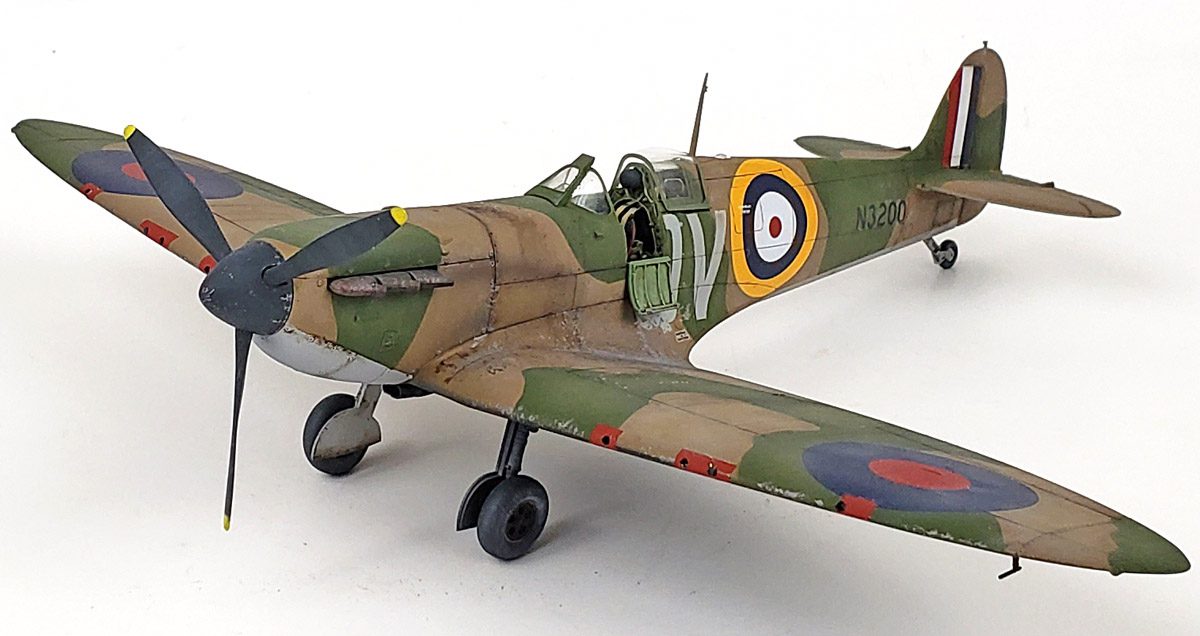
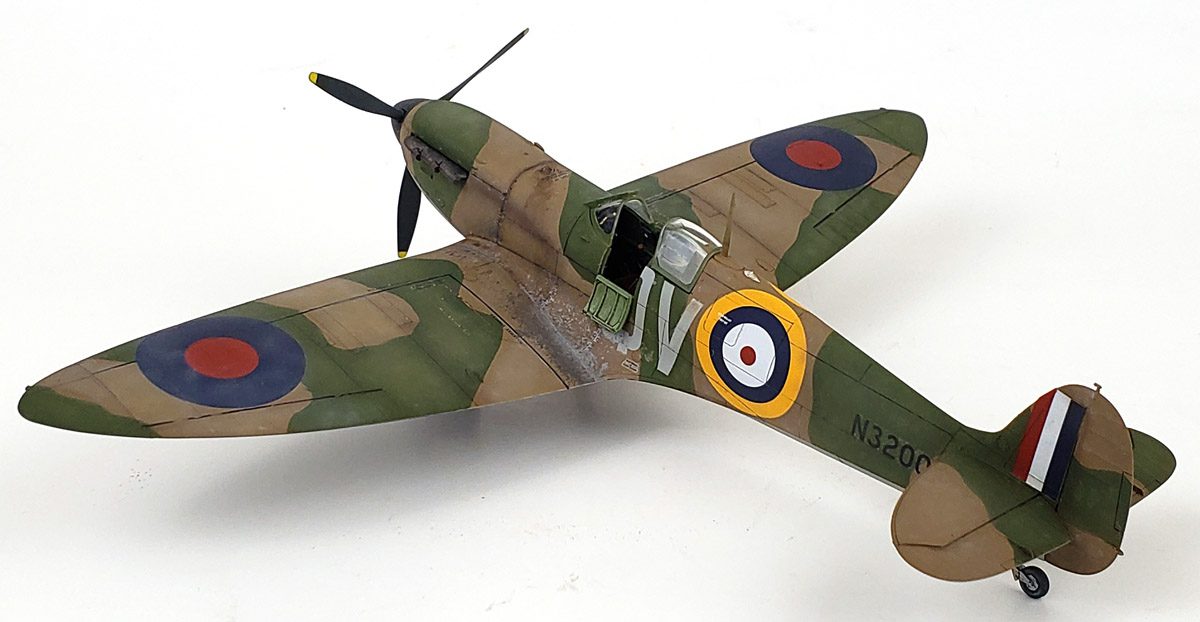
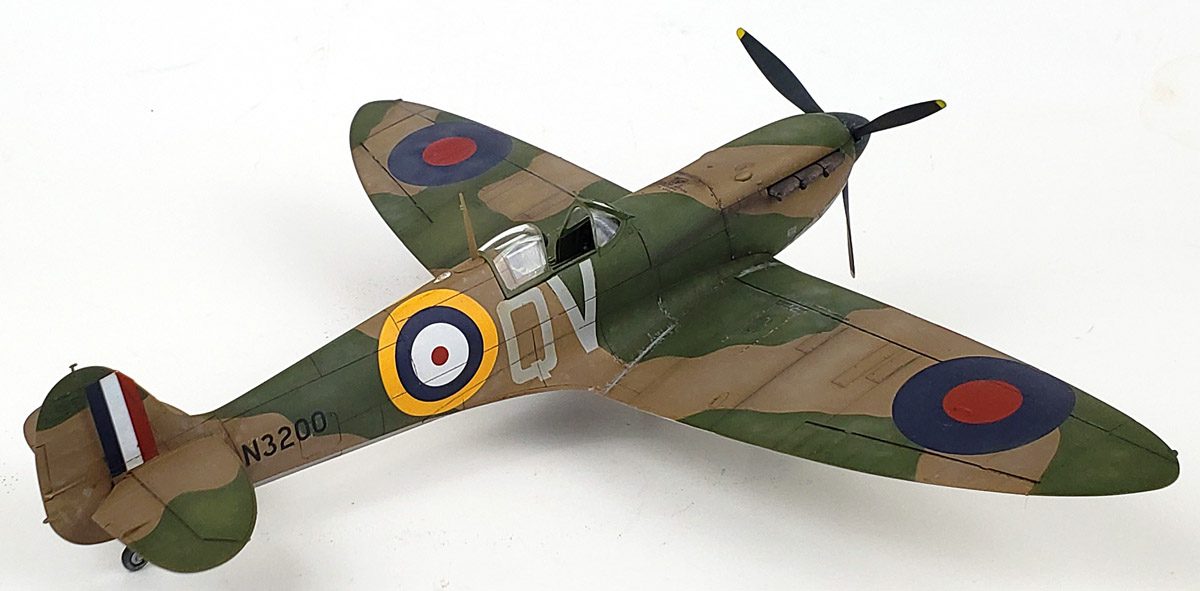
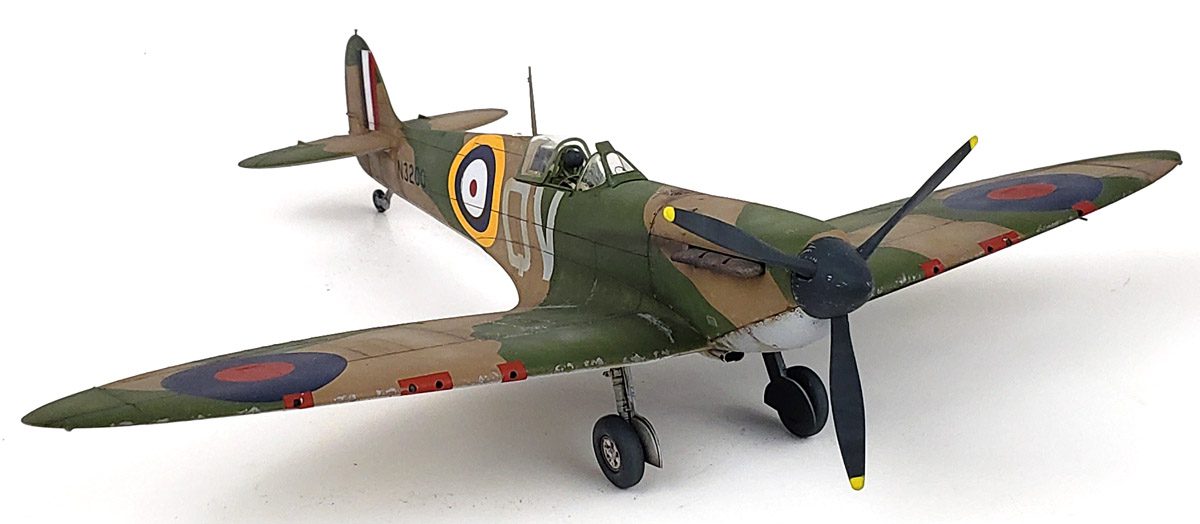
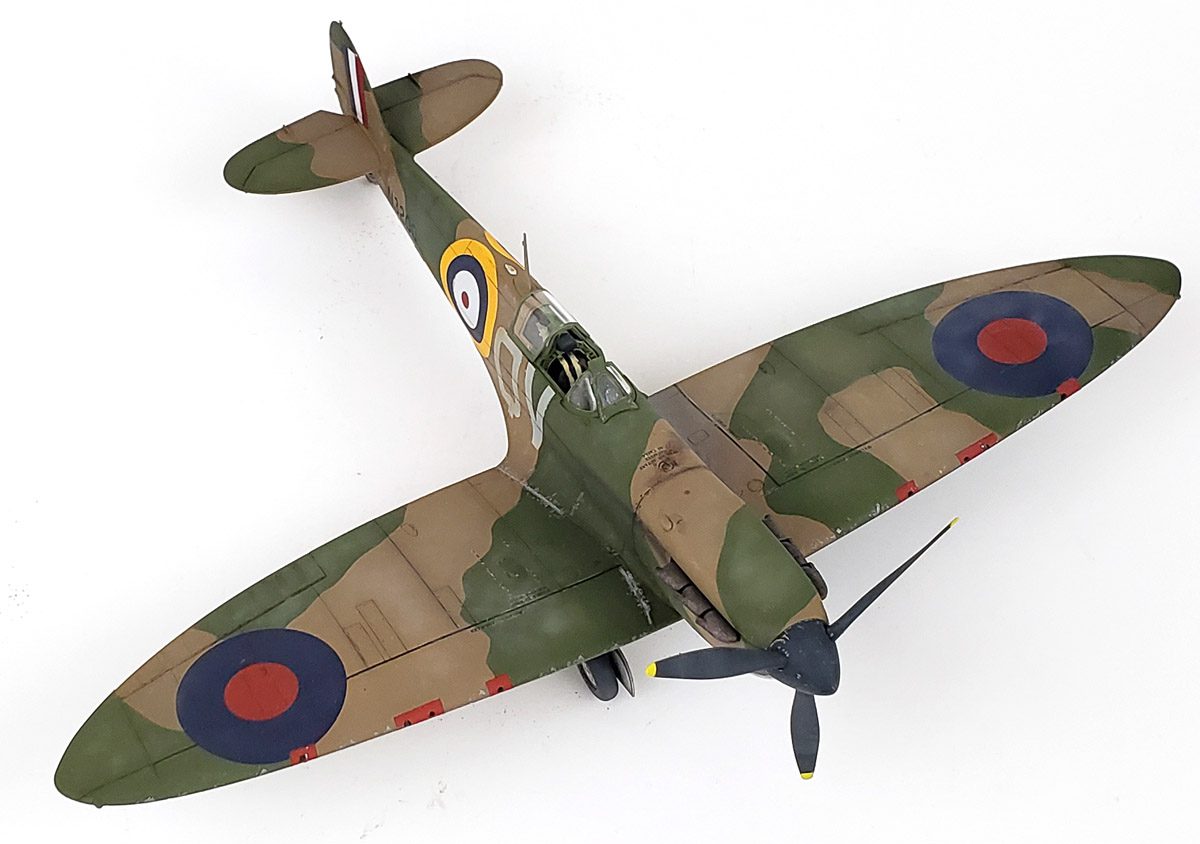
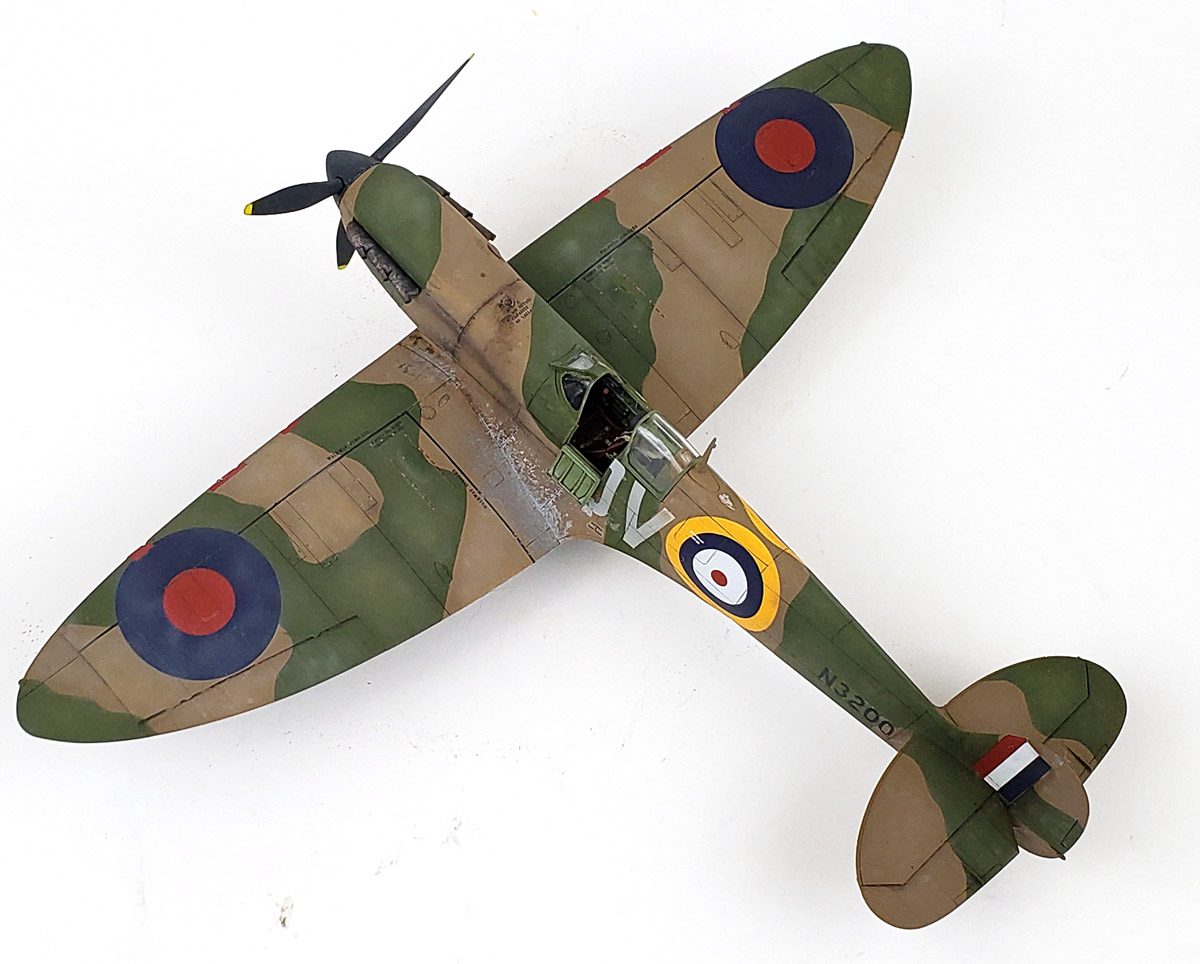
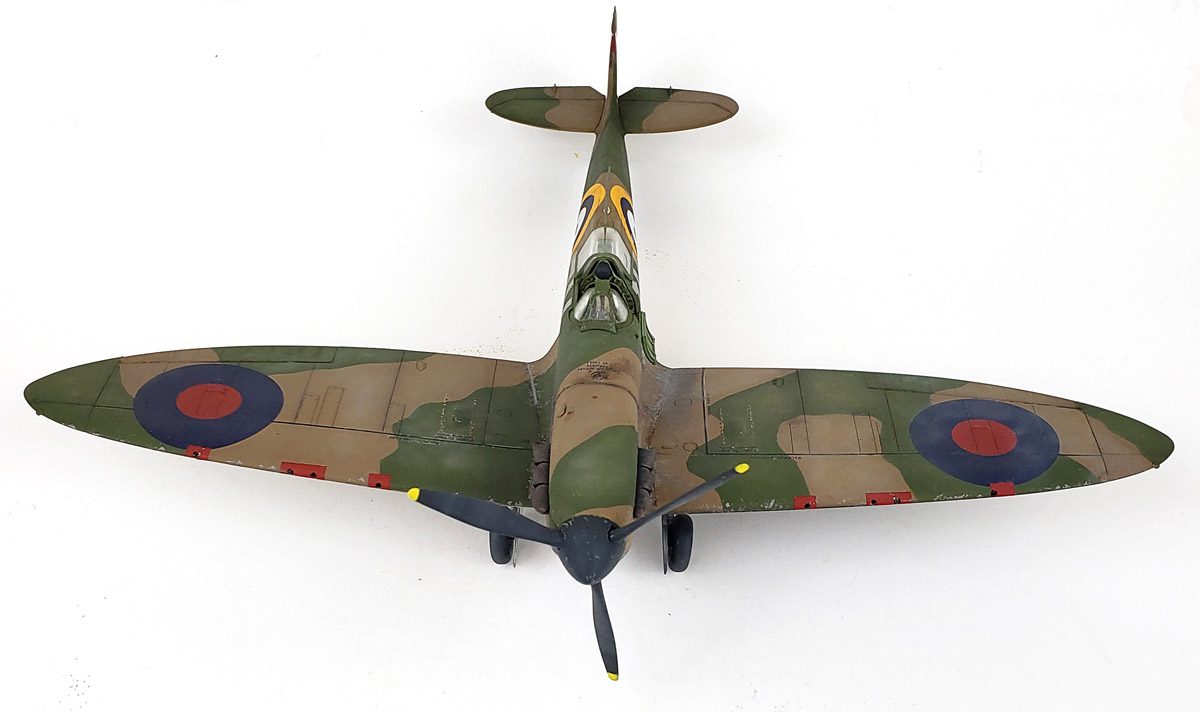
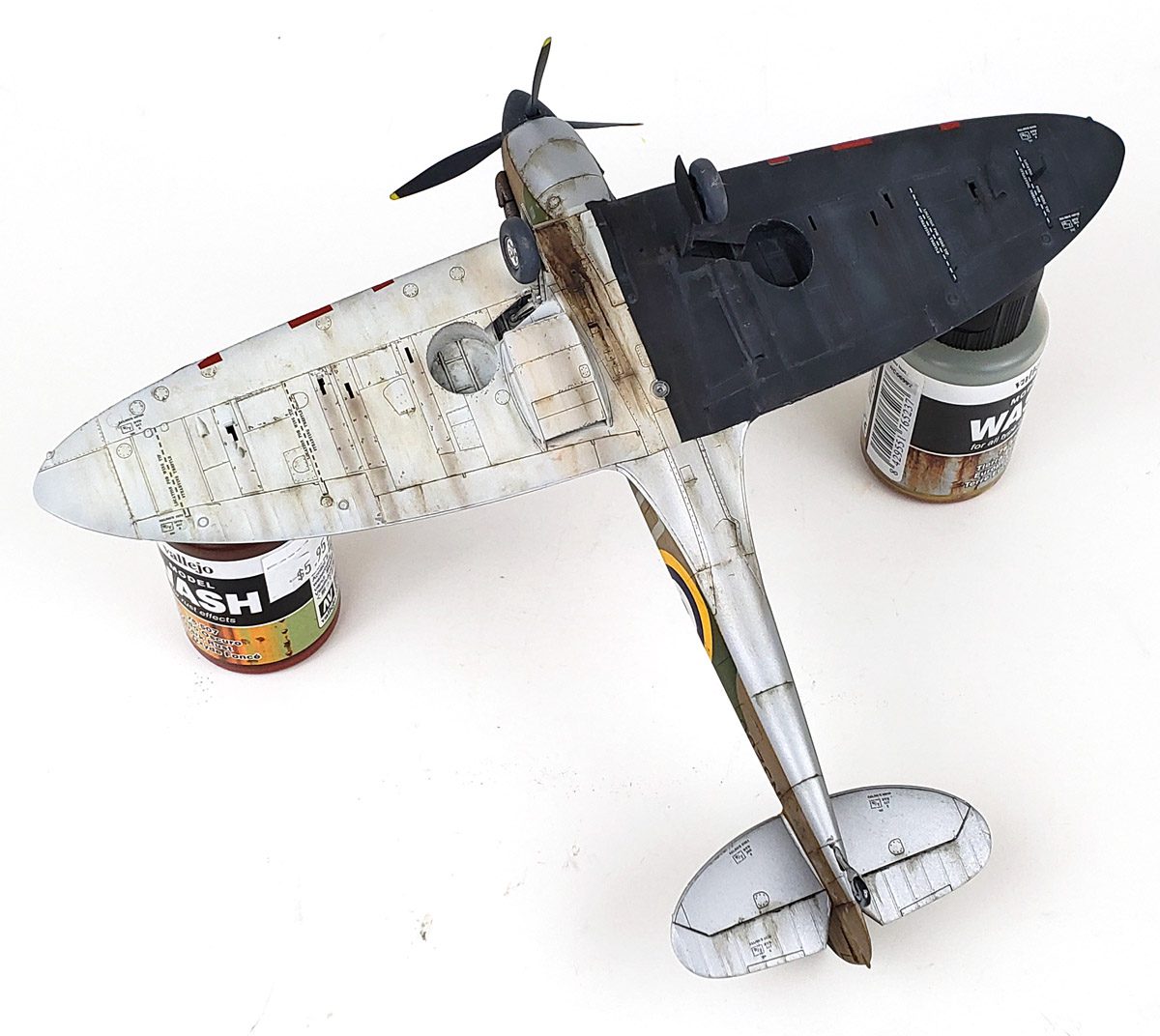
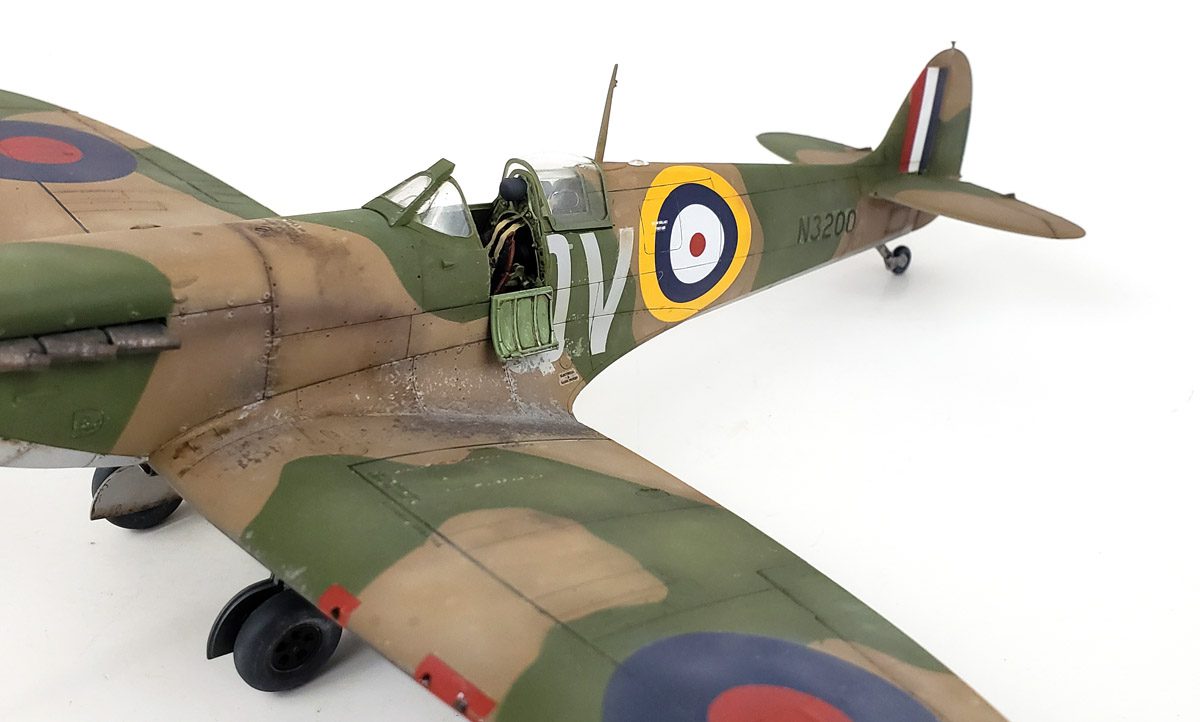
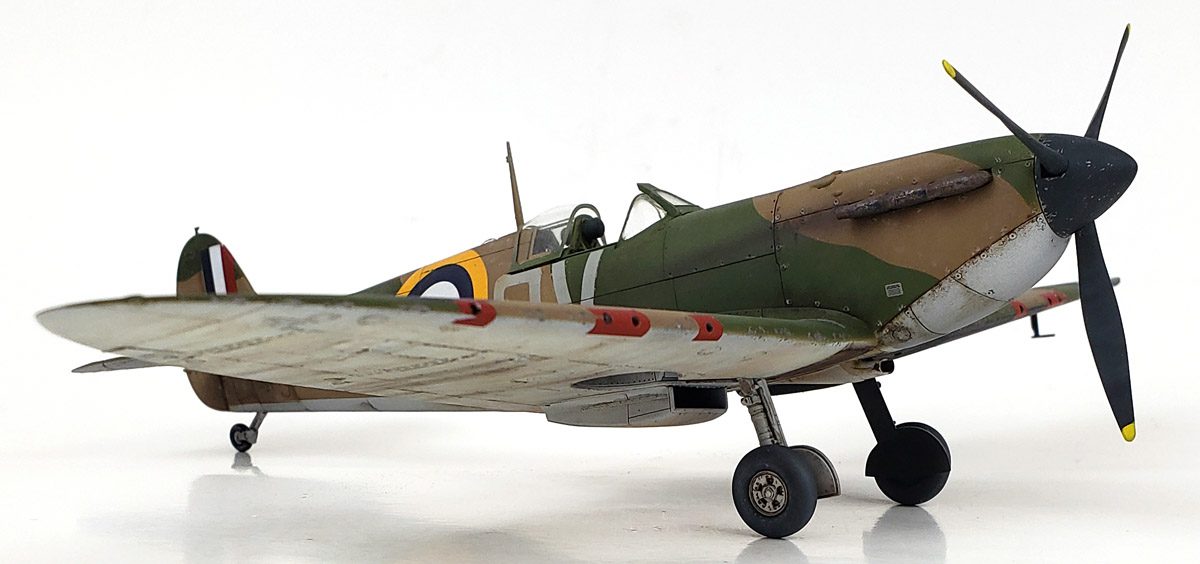
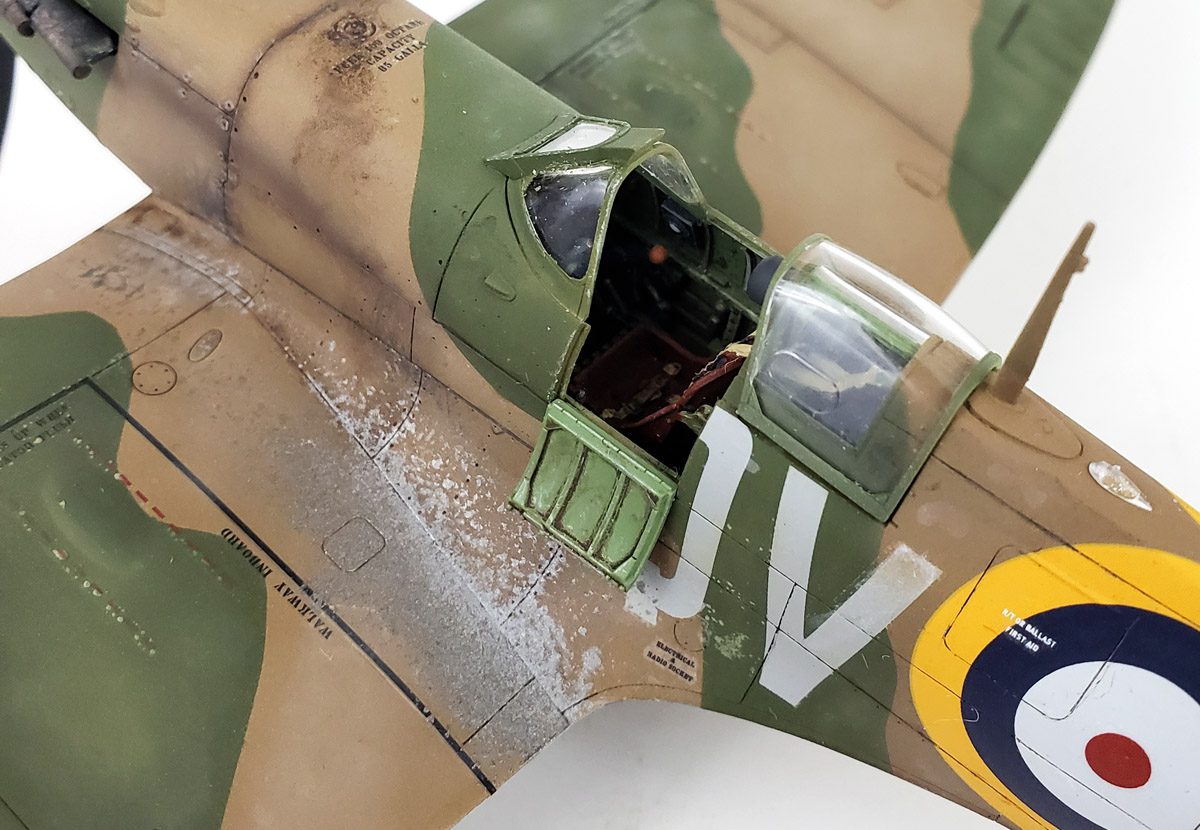
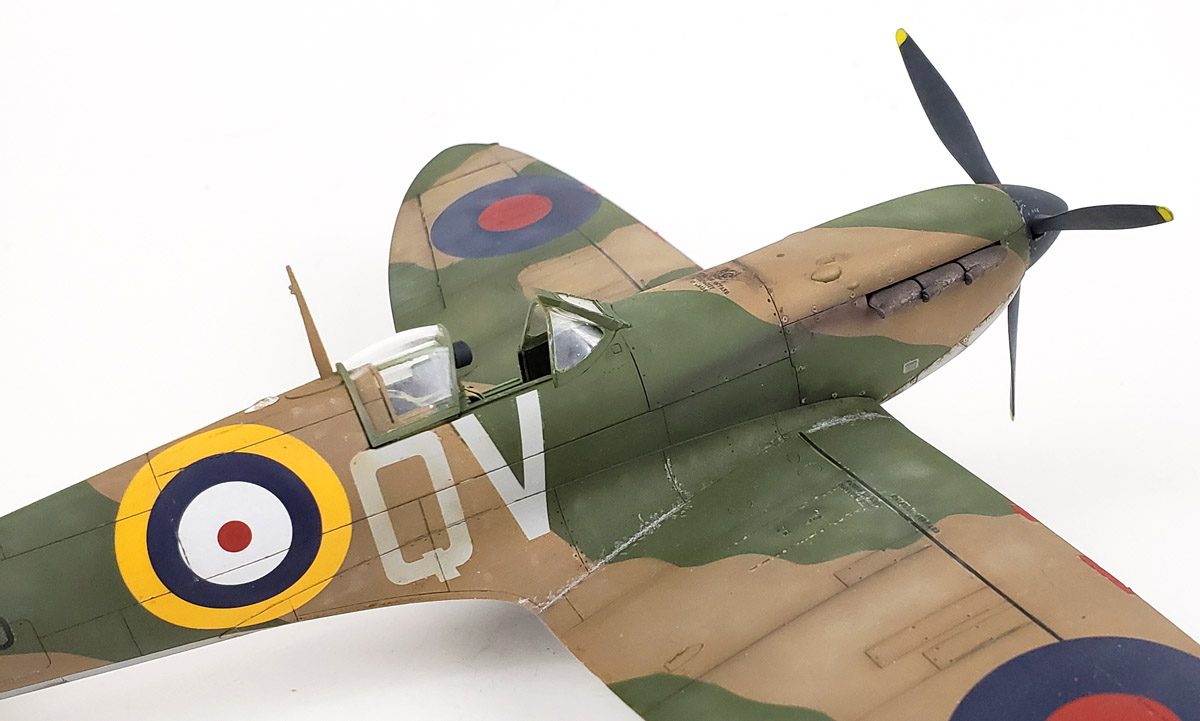

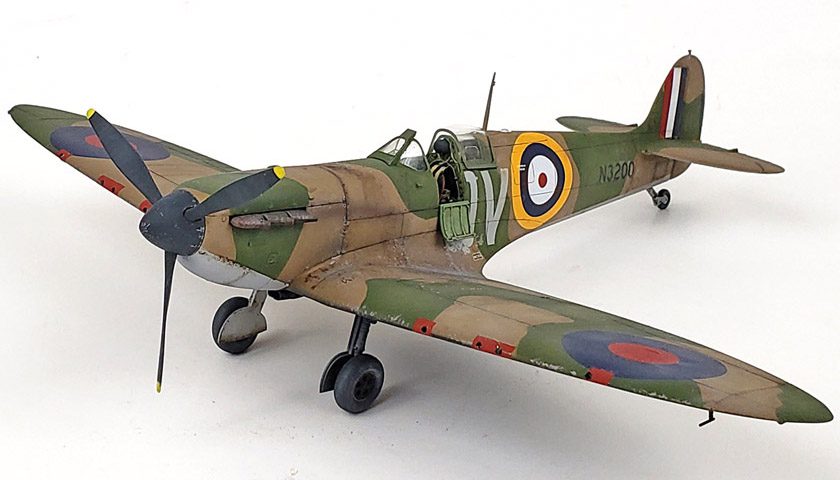
Leave a Reply